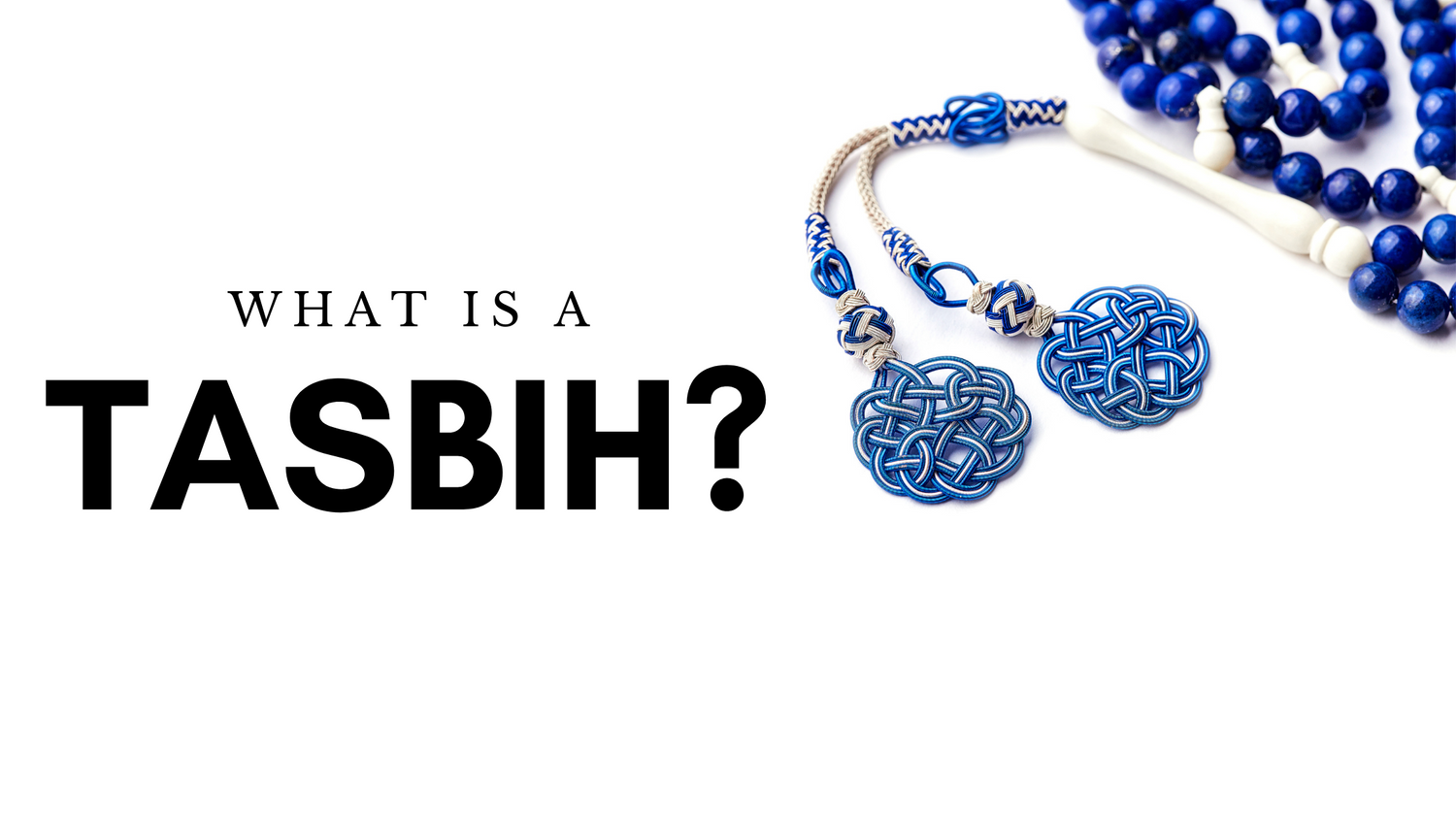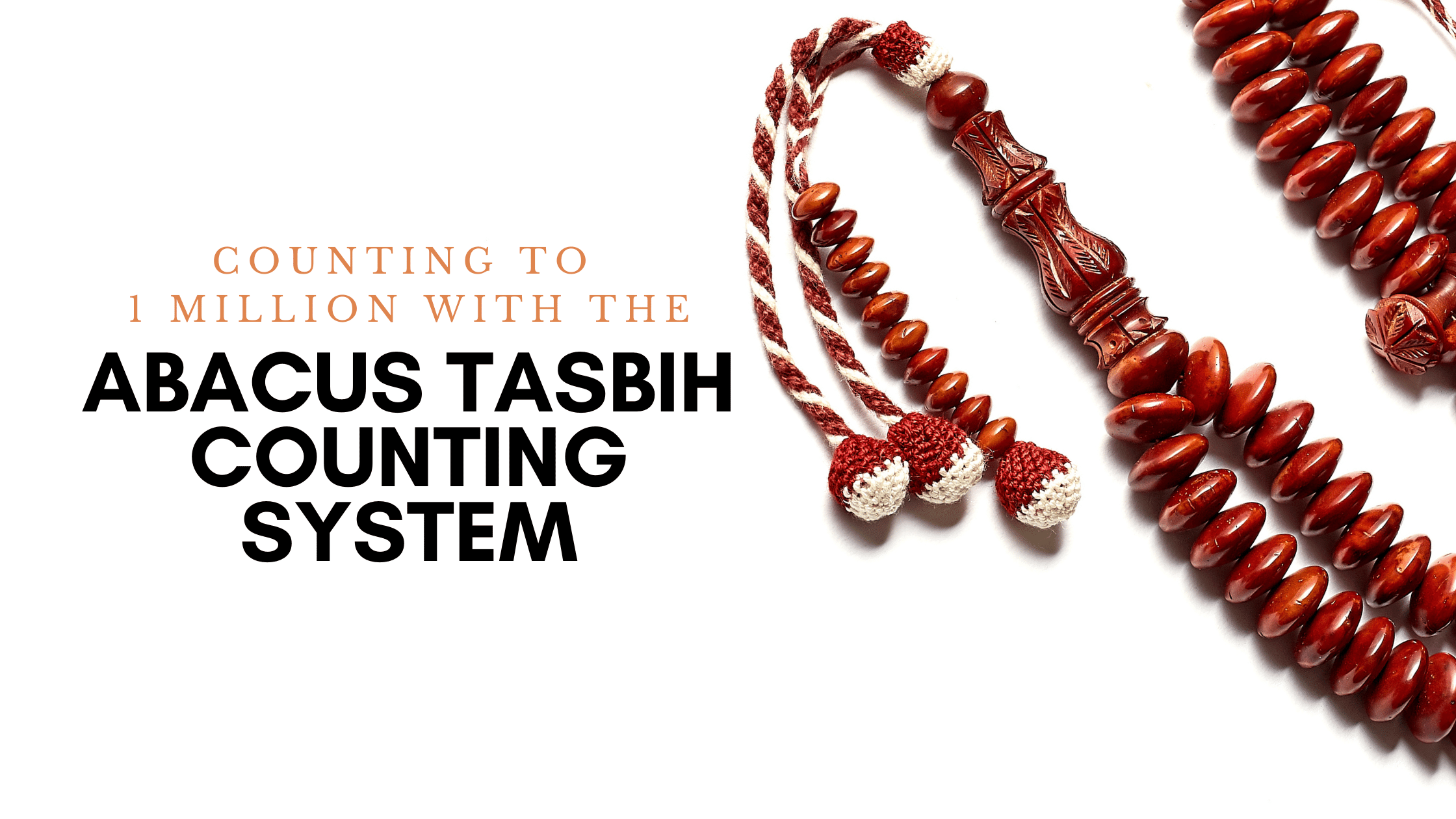"The Sacred Tradition of Tasbihs: Counting Blessings in Islamic Spirituality"
Introduction:
A Tasbih, an essential tool in the Islamic tradition, is a set of beads used for counting sacred recitations (Zikr). In the rich tapestry of Islamic spirituality, performing Zikr with presence and concentration is considered fundamental for one's spiritual well-being. The Tasbih plays a pivotal role in allowing individuals to immerse themselves fully in these sacred recitations, a practice believed to be transformative.
Historical Significance:
The history of Tasbihs is deeply rooted in Islamic tradition, with references dating back to the prophetic era. Reports recount the use of tools such as knotted threads and even pebbles by close companions (disciples) of the Holy Prophet (SAW), including the Prophet's wife, Safiyah, who employed pebbles to count her Zikr. These early practices laid the foundation for what would become an iconic symbol of spiritual devotion.
Spiritual Companions:
Over the centuries, Tasbihs assumed a profoundly intimate role in the lives of Muslims. They became cherished companions, representing each individual's unique spiritual journey and experiences. This deep connection led Muslim artists to express their love and reverence through the creation of Tasbihs that not only endured the test of time but also inspired believers with their captivating aesthetics.
Diverse Styles and Expressions:
As the love for Tasbihs grew, Muslim artists across various civilizations began crafting beads that reflected their unique cultural tastes. This artistic evolution paralleled the development of Qur'anic calligraphy, which initially aimed to preserve the Quranic text but evolved into a masterpiece of traditional art. Just as with the Tasbih, this transformation was a heartfelt expression of the believers' love and reverence for their faith.
In conclusion, Tasbihs serve as a tangible link between the devout and the Divine, a tool that aids in the journey of spiritual self-discovery and connection with the sacred. As these prayer beads continue to be crafted with devotion and artistic brilliance, they stand as a testament to the enduring love and reverence of Muslims worldwide.



Leave a comment
This site is protected by hCaptcha and the hCaptcha Privacy Policy and Terms of Service apply.